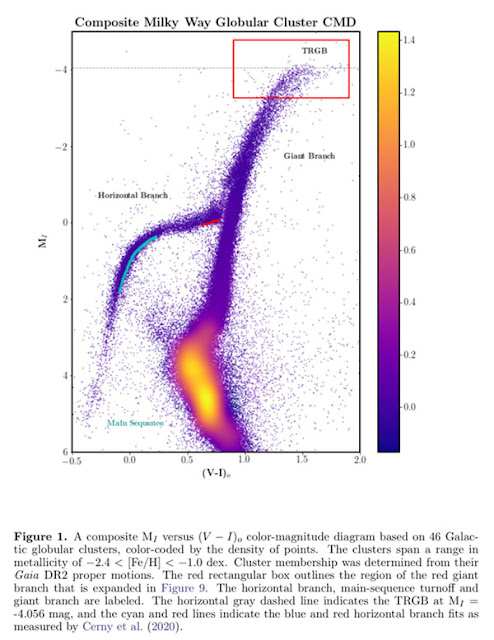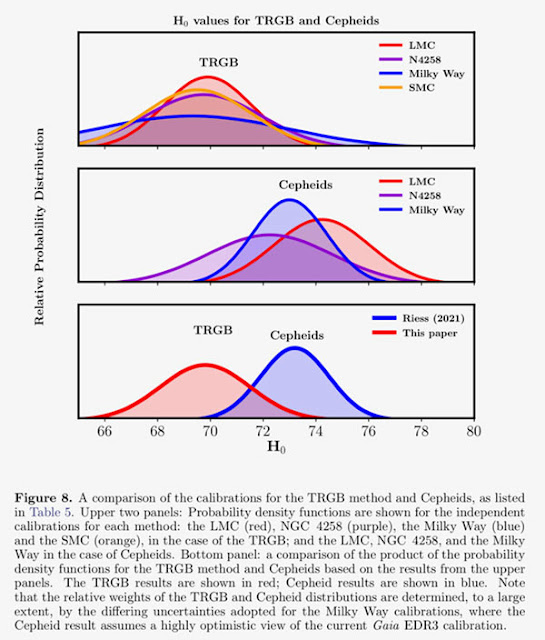Greetings from Palmia Observatory
Well, here we are with a beautiful big full moon and another chance to capture a photo of the moon jus rising above the horizon.
This DSLR image was taken just after full moon and we got to the observing site a few minutes late to capture the moon just at the horizon. A good observing site for this time of year should have a good view to the southeast and as good of view of the horizon as possible given local hills and buildings.
 |
| Just passed full moon, DSLR, 300mm, 1/30 second (Source: Palmia Observatory) |
To get a sense of how close to the horizon the moon actually is, check out this overexposed, 1/8 second exposure, which shows the background hills and transmission towers. A check with GoSkyWatch app shows the elevation of the moon at this time was about 4 degrees above the horizon. Darn, next time we just have to get here a few minutes earlier!
 |
| Moon, 4 degrees above horizon, 8:36pm, DSLR, 300mm, 1/8 second (Source: Palmia Observatory) |
Ok, so the next night we make sure to get to the viewing site early and wait for the moon to rise above the horizon. But, our old nemesis, the clouds, and even some rain came out to block our view of the rising moon. Even at about 9:55pm, when the moon should have been about 8 degrees above the horizon, the sky was just too dark and clouded out. Compare the darkness in this next image, with 2 second exposure, to the previous image which was shot with just 1/8 second exposure.
Nope, getting the moon rise above the horizon and hopefully close to the transmission towers in the distance is just not going to happen. The weather forecast for the following days was cloudy and rainy too!
 |
| Clouded out, next night, 9:55pm, DSLR, 300mm, 2 second (Source: Palmia Observatory) |
In other email activity, we got an interesting email from Still into Control, Gene, who found this great video showing simulated collisions of galaxies, which are then paused and with changed orientation fit very nicely with actual images of galaxies. It is really neat to see the simulated dynamics of merging galaxies and then see how that same type of appearance can be found in actual photos. Thanks for that Gene!
You can check it out for yourself at: https://imgur.com/JkySwqe
 |
| Fantastic comparison of galaxy merger simulations with real images (Source: https://imgur.com/JkySwqe) |
In other activities for this week, we got to sit in on the Sagan Workshop 2021 on exoplanets. There were a lot of interesting papers presented, but want to here comment on just one of the papers. Anne-Marie Lagrange, LESIA Observatoire, Paris, showed some of the techniques need for direct imaging of young exoplanets.
 |
| Direct Imaging of Young Exoplanets (Source: Anne-Marie Lagrange, Sagan Workshop 2021) |
What I liked about Anne-Marie's presentation is that she showed how the combination of techniques, including adaptive optics (AO), adding a coronagraph, to block the stellar light, and advanced processing to get the required optical contrast between the bright star and the dim exoplanet. Here we see the seeing-limited image of some typical exoplanet.
 |
| Direct Imaging of Young Exoplanets (Source: Anne-Marie Lagrange, Sagan Workshop 2021) |
In the next slide, we see the effects of adding adaptive optics to the telescopic image. The contrast is improved by a factor of a 1000.
 |
| Results in imaging from adding adaptive optics (Source: Anne-Marie Lagrange, Sagan Workshop 2021) |
The next step is to add a coronagraph to block out most of the star light. The design of the coronagraph is very specialized in that its blocking shape has to be selected very carefully to negate the effects of diffraction around the shape. Here we see the effects of the coronagraph are to increase the contrast by another factor of 10.
 |
| Effect of adding a coronagraph to the telescope (Source: Anne-Marie Lagrange, Sagan Workshop 2021) |
Finally, when the improvements from advanced signal processing are included in the exoplanet image, we can get an additional factor of a 100 times improvement in the contrast. Pretty neat, thanks for letting us in on the contrast improvement, Anne-Marie!
 |
| Direct Imaging of Young Exoplanets (Source: Anne-Marie Lagrange, Sagan Workshop 2021) |
In other astronomy and cosmological news, the July 24-30 issue of New Scientist had an interesting article on the latest measurements that might be able to explain the tension in the Hubble constant measurement. The article mentioned the recent paper by Wendy Freedman, U. of Chicago, who used stars from the Tip of the Red Giant Branch (TRGB) instead of Cepheid variable stars as distance ladder calibration stars, and with these new calibrations the tension between the Supernova distance estimate of the Hubble constant disappears and the estimate becomes consistent with that measured by the CMB.
It turns out, the TRGB stars are better calibration stars because they are not variable, like the Cepheids, and their location is not obscured by dust and are not located close to other stars. These stars make calibrating the distance ladder much easier with lower error bars.
I couldn't quite remember where the TRGB stars were located on the H-R diagram, but after looking up Wendy's just published paper, this figure shows their location.
 |
| Using TRGB Stars instead of Cepheids for distance ladder (Source: Wendy Freedman, arXiV:2106.15656) |
When the TRGB calibration data is used to adjust the estimated distances used in the Supernova program, the Hubble constant is revised to H0 = 69.8 +/- 0.6 (stat) +/- 1.6 (sys). Wow, thanks for that great work, Wendy! We will have to wait and see if this work is verified and accepted to resolve the tension in the Hubble estimates between the CMB and Supernova distance measurements.
 |
| Using TRGB Stars gives Hubble measurement consistent with CMB (Source: Wendy Freedman, arXiV:2106.15656) |
Until next time,

No comments:
Post a Comment